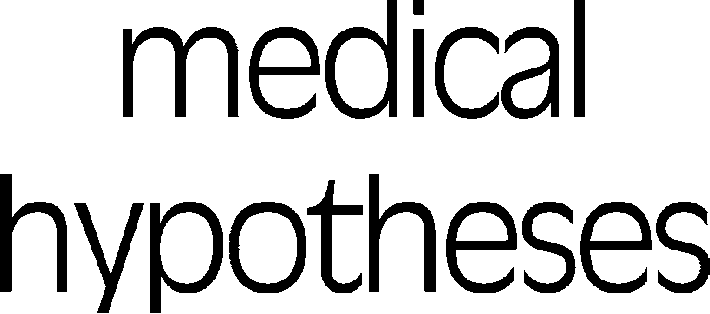nital.it
The EN-EL2 is a rechargeable battery for use exclusively with Nikon digitalDer EN-EL2 ist ein wiederaufladbarer Akku, der ausschließlich für die Verwen-cameras. It can be recharged repeatedly using the MH-60 Battery Charger. dung mit Nikon-Digitalkameras vorgesehen ist. Zum Aufladen des Akkus benöti-When using this product, be sure to read the documentation provided withgen Sie das Akkulad
 Medical Hypotheses (2004) 63, 1054–1056
http://intl.elsevierhealth.com/journals/mehy
Up-regulatory impact of boron on vitaminD function – does it reflect inhibitionof 24-hydroxylase?
Dusan Miljkovica, Natasha Miljkovicb, Mark F. McCartya,*
a FutureCeuticals Inc., 5080 Shoreham Plaza, San Diego, CA 92122, USA
b Department of Orthopedic Medicine, University of Novi Sad, Novi Sad, Yugoslavia
Received 10 December 2003; accepted 13 December 2003
Nutritional intakes of boron have been shown to lessen the adverse consequences of vitamin D deficiency
in rodents. Pilot clinical studies suggest that this effect may be mediated, in whole or in part, by an increase in serum25-hydroxyvitamin D. We propose that, in concentrations achievable with good diets, boron suppresses the activity ofthe microsomal enzyme 24-hydroxylase, chiefly responsible for catabolism of this steroid. This inhibition may reflect adirect interaction with the enzyme, or perhaps boron’s ability to form a covalent complex with the product of itsactivity, 24,25-dihydroxyvitamin D. An up-regulatory impact of boron on 25-hydroxyvitamin D is potentially beneficialin light of the fact that the vitamin D status of many individuals is poor during winter months, and traditionalsupplemental doses of this vitamin are often too low to correct this problem. There is growing evidence that goodvitamin D status – as reflected by 25-hydroxyvitamin D levels – may reduce risk for a host of prominent disorders; thus,boron may have the ability to potentiate this protection. Clinical studies also suggest that nutritional boron can up-regulate 17b-estradiol levels in women, including postmenopausal women receiving hormone replacement therapy.
Medical Hypotheses (2004) 63, 1054–1056
http://intl.elsevierhealth.com/journals/mehy
Up-regulatory impact of boron on vitaminD function – does it reflect inhibitionof 24-hydroxylase?
Dusan Miljkovica, Natasha Miljkovicb, Mark F. McCartya,*
a FutureCeuticals Inc., 5080 Shoreham Plaza, San Diego, CA 92122, USA
b Department of Orthopedic Medicine, University of Novi Sad, Novi Sad, Yugoslavia
Received 10 December 2003; accepted 13 December 2003
Nutritional intakes of boron have been shown to lessen the adverse consequences of vitamin D deficiency
in rodents. Pilot clinical studies suggest that this effect may be mediated, in whole or in part, by an increase in serum25-hydroxyvitamin D. We propose that, in concentrations achievable with good diets, boron suppresses the activity ofthe microsomal enzyme 24-hydroxylase, chiefly responsible for catabolism of this steroid. This inhibition may reflect adirect interaction with the enzyme, or perhaps boron’s ability to form a covalent complex with the product of itsactivity, 24,25-dihydroxyvitamin D. An up-regulatory impact of boron on 25-hydroxyvitamin D is potentially beneficialin light of the fact that the vitamin D status of many individuals is poor during winter months, and traditionalsupplemental doses of this vitamin are often too low to correct this problem. There is growing evidence that goodvitamin D status – as reflected by 25-hydroxyvitamin D levels – may reduce risk for a host of prominent disorders; thus,boron may have the ability to potentiate this protection. Clinical studies also suggest that nutritional boron can up-regulate 17b-estradiol levels in women, including postmenopausal women receiving hormone replacement therapy.